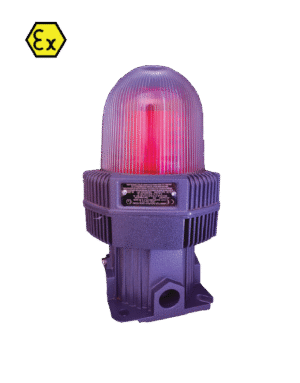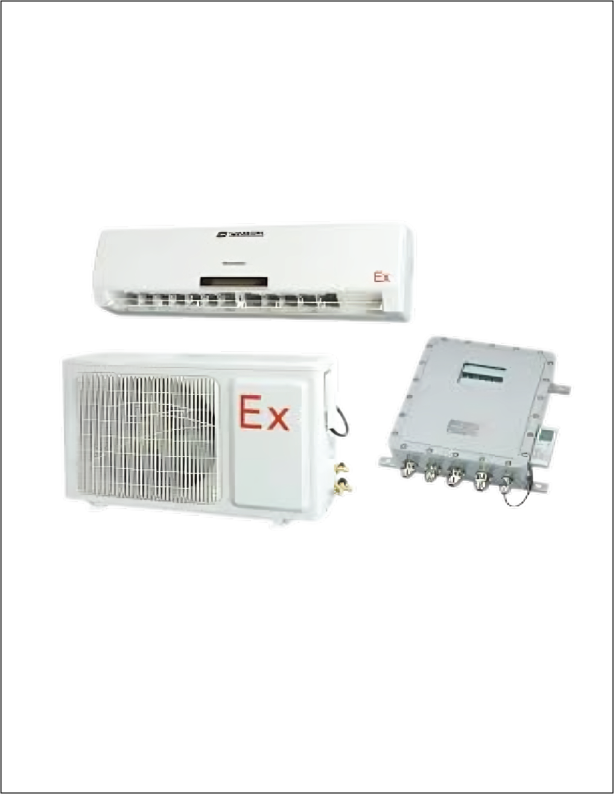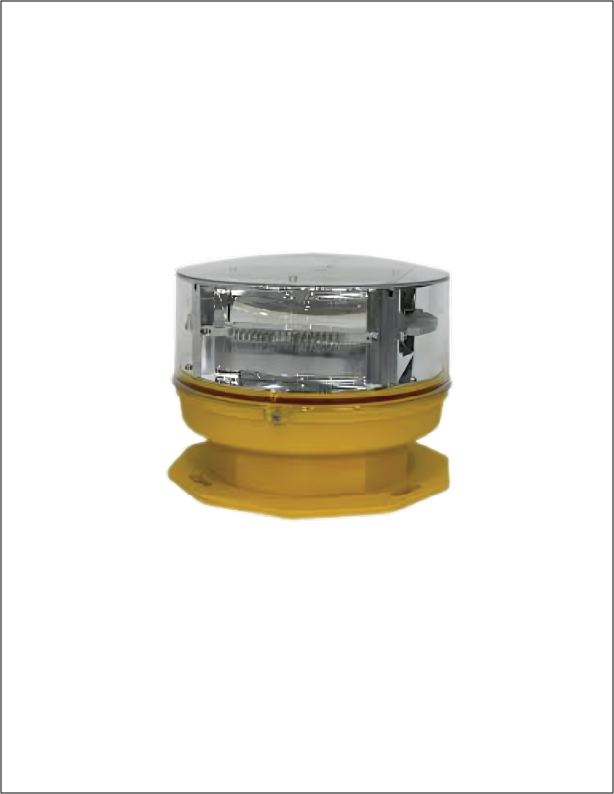Understanding ATEX and IECEx
In industrial settings, safety is paramount, especially in environments where flammable gases, vapors, liquids, and combustible dusts are present. To address these concerns, international standards have been established to regulate equipment used in such hazardous areas. Two of the most widely recognized standards are ATEX and IECEx. Let’s delve into the details of these important safety protocols.
ATEX: Atmosphères Explosibles
ATEX, short for “Atmosphères Explosibles,” is a European Union directive that outlines equipment and protective systems intended for use in potentially explosive atmospheres. The directive is divided into two main categories: equipment and protective systems. ATEX regulations ensure that equipment entering hazardous areas adheres to rigorous safety standards.
The ATEX directive categorizes hazardous areas into zones based on the likelihood and duration of explosive atmospheres. The three main zones are:
Zone 0: An area where explosive atmospheres are present continuously, or for long periods. In this zone, flammable gases, vapors, or dusts are present consistently.
Zone 1: This area is characterized by the occasional presence of explosive atmospheres during normal operation. It typically occurs due to process malfunctions or maintenance activities.
Zone 2: In this zone, explosive atmospheres are unlikely to occur during normal operation but might arise under specific abnormal conditions.
IECEx: International Electrotechnical Commission System for Certification to Standards Relating to Equipment for Use in Explosive Atmospheres
IECEx, on the other hand, stands for the “International Electrotechnical Commission System for Certification to Standards Relating to Equipment for Use in Explosive Atmospheres.” It’s an international conformity assessment system that provides assurance of equipment compliance with IEC standards.
Like ATEX, IECEx classifies hazardous areas into zones, but uses a numerical system:
- Zone 0: Continuous presence of explosive atmospheres.
- Zone 1: Occasional presence of explosive atmospheres.
- Zone 2: Presence of explosive atmospheres is unlikely and occurs only under abnormal conditions.
Key Differences between ATEX and IECEx
Geographical Scope: ATEX is specifically for the European Union, while IECEx has a global reach and is accepted in multiple countries.
Certification: ATEX requires equipment to be CE marked and certified by an ATEX Notified Body, whereas IECEx certification is based on IEC standards and is recognized internationally.
Approach: ATEX is a directive enforced by law, while IECEx is a voluntary certification scheme.
Equipment Types: ATEX applies to a wide range of equipment, including non-electrical items. IECEx mainly focuses on electrical and electronic equipment.
Documentation: ATEX requires manufacturers to provide documentation in the local language of each EU member state. IECEx uses standardized documentation.
Both ATEX and IECEx are crucial for industries dealing with hazardous areas. Compliance ensures that equipment is safe for use and reduces the risk of explosions, protecting workers and facilities.
In conclusion, ATEX and IECEx play a vital role in ensuring safety in environments with flammable substances. While ATEX is more region-specific, IECEx offers a globally recognized certification system. These standards make it possible for industries to operate safely and efficiently in potentially explosive atmospheres, preventing accidents and ensuring worker well-being.








![Explosion Proof Window Air Conditioner [BKT-2.5 C] [BKT-3.5 C] [BKT-4.5 C]](https://alarmannunciator.ae/wp-content/uploads/2025/02/Artboard-1Explosion-proof-window-air-conditioner-300x383.png)



